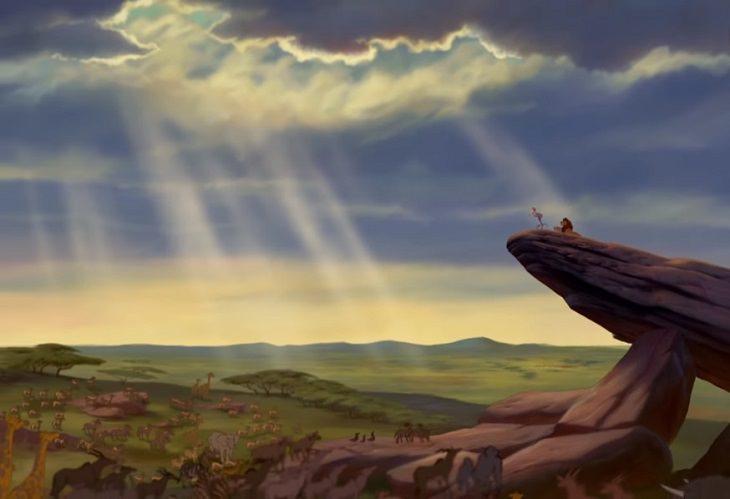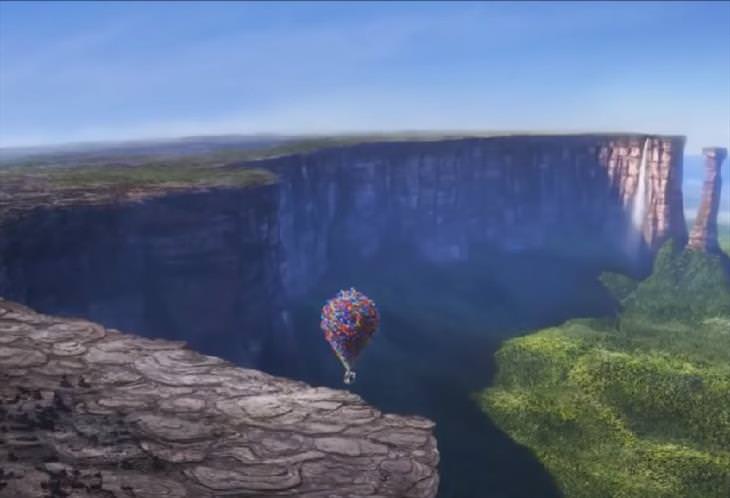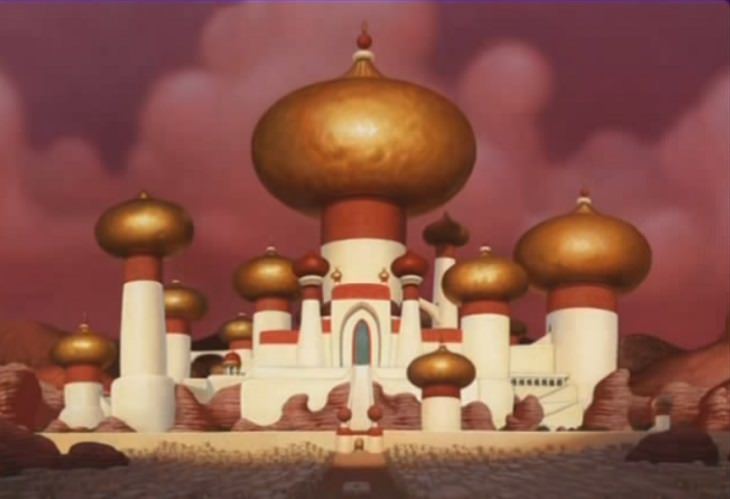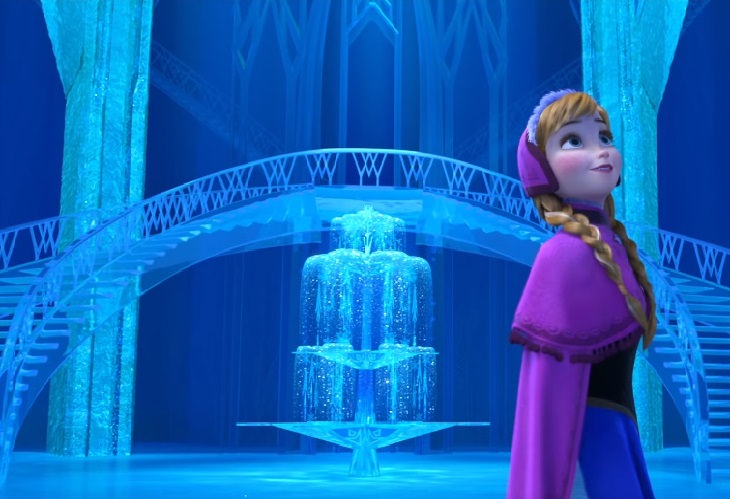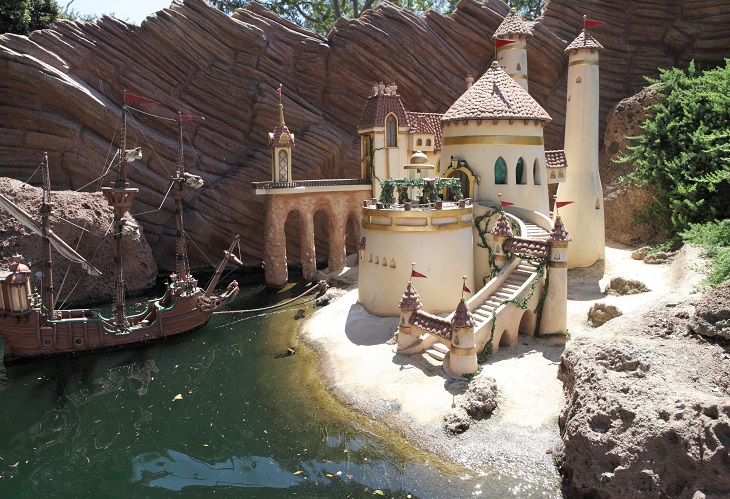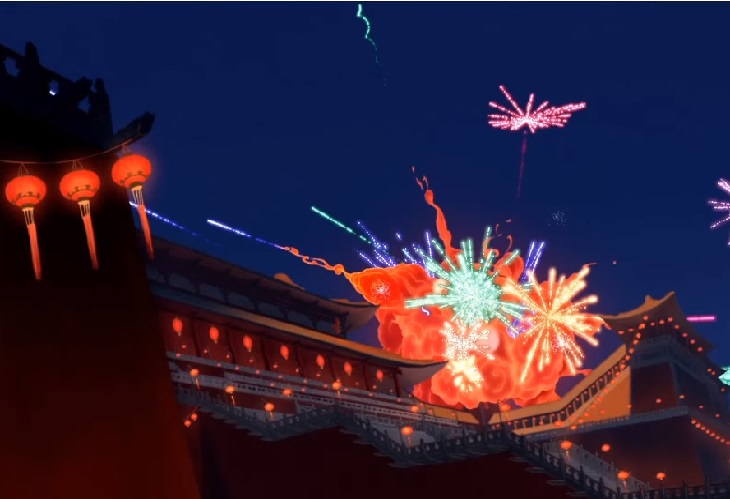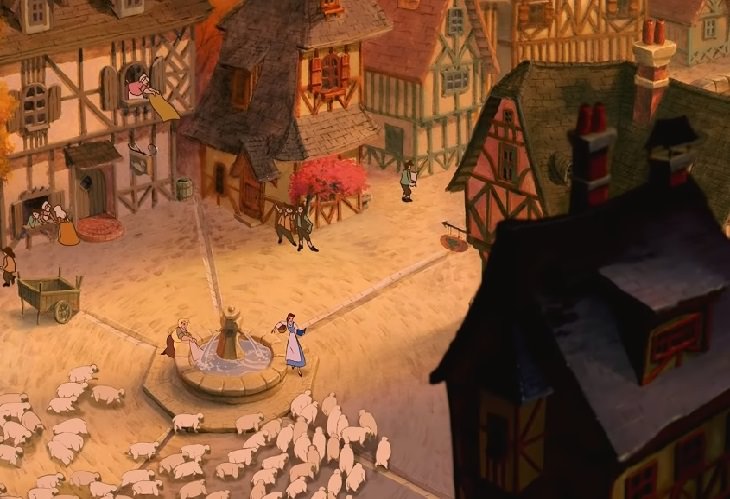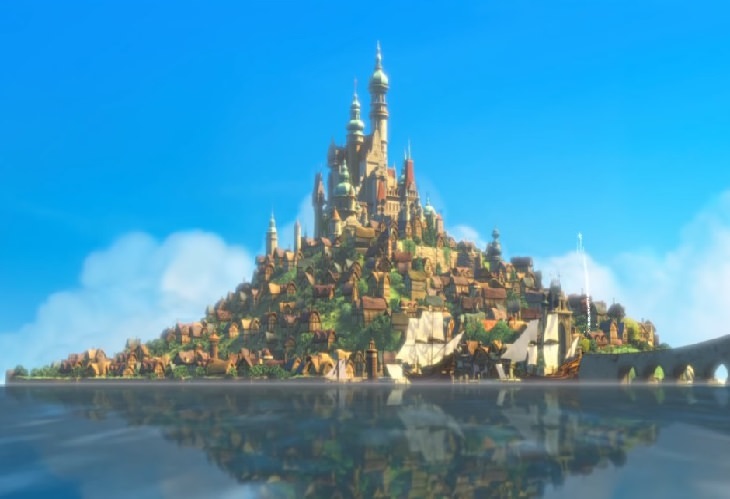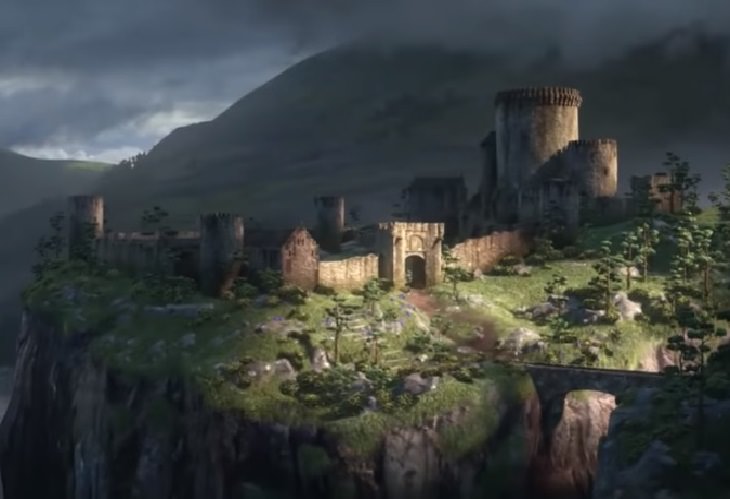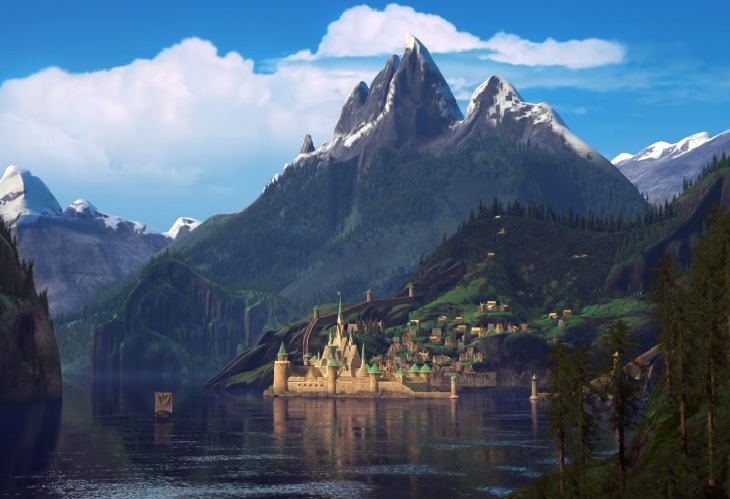1. The Pride Lands (Lion King) - Serengeti and Maasai Mara (Tanzania, Kenya)
So, no, sadly enough - a rock formation like Pride Rock where Simba is presented does not seem to exist, but looking at the rest of the topography, the flora and the fauna, the Pride Lands seem to match most closely to the Serengeti National Park in Tanzania and its extension across the Kenyan border, the Maasai Mara reserve. The keen-eyed can even get a clue as to the film’s general location in its opening sequence, as we can see a herd of elephants making the voyage towards the ceremony with Mount Kilimanjaro in the backdrop.
2. Paradise Falls (Up) - Angel Falls (Venezuela)
The gorgeous South American mesa (or tepui, as it’s locally known) towering over a lush green land with a single column of uninterrupted waterfall- it’s too outlandish to be real, right? Wrong. Angel Falls, named after American aviator and explorer Jimmie Angel who was the first to fly over them (think about Up’s Charles Muntz), is the tallest uninterrupted waterfall in the world, at around 3,200 feet.
3. Agrabah (Aladdin) - Agra (India)
So where does Aladdin even take place? That’s a rather tough question to answer. While the One Thousand and One Nights are commonly referred to as “Arabian”, the frame story is actually staged in Persia and the story of Aladdin appears to take place in China, albeit a very Islamized China. Well, Agrabah, the city where the Disney retelling of the story takes place, is most certainly not Chinese, but does it have any real-world equivalent? Looking at the name of the town and the Sultan’s palace, the best candidate would appear to be Agra, home of the Taj Mahal. And if the real-world city doesn’t appear typically Indian, that’s because it isn’t. The grandiose white marble mausoleum was founded when India was ruled by the Mughals, a dynasty of Muslim sultans of Mongol ethnic background and a great admiration for Persian culture and architecture.
4. Elsa’s Ice Palace (Frozen) - Ice Hotel (Canada)
Probably the most iconic moment in Frozen is when Elsa uses her magical powers to fashion herself a palace completely out of ice. Well, that palace, complete with resplendent ornaments and icy furniture actually exists. And you can book a room in it, too! Ice hotels exist in several colder countries, and have to be rebuilt every winter (the price of making buildings out of materials that melt). Staying at an ice hotel is obviously not for everyone, as the temperatures in the bedroom are sub-zero with no air-conditioning (for obvious reasons) and the beds are made of- you guessed it- ice, though the fur blankets do help out a bit.
5. Prince Eric’s Castle (The Little Mermaid) - Chateau de Chillon (Switzerland)
Although Ariel probably comes from a body of water rather larger than Lake Geneva, the castle where her human sweetheart lives was inspired by this lovely island castle in Switzerland. The castle has a long and storied past, having served the dukes of Savoy as a summer house since the 13th century, and then as a prison for protestants during the wars of reformation. When the people of Geneva finally managed to drive the Savoyards out, the castle was claimed by the authorities and retained its function as a prison.
6. The Imperial Palace (Mulan) - The Forbidden City (China)
Admittedly, Disney took quite a lot of liberties here. The ballad of Mulan is an ancient Chinese drama, apparently written in the 6th century and taking place around that time. So what’s the problem? Well, by that time, the Huns were long gone from the northerly borders of China, having traveled to Europe in a particularly bloody migration. Likewise, the sections of the Great Wall and the palace we see in the movie weren’t actually built until the Ming era, almost a thousand years later.
7. Belle’s Village (Beauty and the Beast) - Eguisheim (France)
The original story of the Beauty and the Beast was written in 17th century by French author Jeanne-Marie Leprince de Beaumont, and so it was only fitting that Disney would choose that France of those years as the setting for their retelling of the story. The densely forested land, rustic towns built in a decidedly German medieval style that are overlooked by imposing gothic castles is typical of Alsace, a region bordering Germany at the northeast of France.
8. Corona (Tangled) - Mont-Saint-Michel (France)
The gorgeous fairy-tale kingdom on an island, connected to land by a long bridge again seems like an impossibility that was hatched out of an artist’s feverish imagination. Well, it’s not. The kingdom of Corona, where Disney’s retelling of Rapunzel takes place, is nearly identical to this amazing commune off the coast of Normandy, down to the hilltop palace, though the impressive complex topping Mont-Saint-Michel is actually a monastery that has been there since the 9th century.
9. DunBroch Castle (Brave) - Dunnotar Castle (Scotland)
Clan Dunbroch is real! Well, not really, but Pixar and Disney formally registered the DunBroch tartan with the Scottish Register of Tartans. The clan castle, nestled atop a cliff overlooking the North Sea in the Scottish Highlands, best matches Dunnotar Castle, a fort with a long and interesting history. In the 17th century, the crown jewels of Scotland were hidden in the castle in the wake of the English Civil War, when Oliver Cromwell invaded in order to quell Royalist resistance. The castle fell into disrepair after its last Earl Marischal was deposed following his support of the Jacobite cause in 1715.
10. Arendelle (Frozen) - The Fjords of Norway
Like The Little Mermaid, Frozen is inspired by one of Hans Christian Andersen’s original fairy-tales. Though the Disney hit diverges greatly from the source material, in at least one thing they paid the Dane author respect: placing the kingdom of Arendelle in a Scandinavian setting Andersen would have been well familiar with.
11. Cinderella Castle (Cinderella) - Neuschwanstein Castle (Germany)
One of the most iconic castles in the world and the centerpiece of Disney World (as well as the logo of Disney Pictures) is based on the incredibly intricate late 19th century Neuschwanstein Castle in Bavaria. The castle was commissioned by the king of Bavaria for personal use at great cost, and was modeled after traditional medieval knight castles, albeit far more ornate. The castle was intended as a tribute to composer Richard Wagner, who died before the construction was finished. In fact, the king himself died (under rather mysterious circumstances) before completion, at which point it was opened to the paying public as a touristic attraction.

